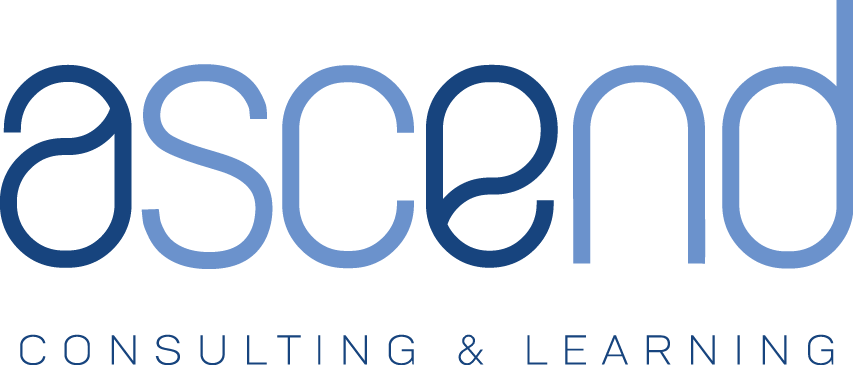How does your firm define a successful project or client relationship? How do you manage projects to deliver on that success? These are a couple of questions that are covered in the CXps 2020 Client Experience Conference video Putting Our Data Into Action: How We Combine CX + RX Data to Improve Profit while Delighting Clients.
In the video, Eddie Staley shares how his firm, WithersRavenel, manages projects with a custom CX/RX dashboard they have created. This dashboard provides a snapshot of how their portfolio of projects is performing relative to project profitability and client feedback.The dashboard is created with Microsoft Power BI by combining data from their accounting and client feedback systems. It is filterable based on project demographics, project completion status, and client feedback dimensions to help them look for trends and prioritize.
A snapshot of the dashboard from the video can be found below. As you can see, there are two dimensions that define a successful project. Client feedback scores for the projects are on the Y-axis and direct labor multipliers (net service revenue/direct labor) for the projects are on the X-axis. The goals, in this case >4.0 client feedback score and >3.0 direct labor multiplier, are shown as dashed lines. Each project is a circle on the chart with the size of the circle depicting the size of project. This allows WithersRavenel to quickly see and communicate which projects are meeting both profit and client goals and which may require attention.

Project Productivity
This video reinforces an important point. Productivity is more than profitability. Productivity has two equally important components – efficiency AND effectiveness. Your firm needs to be able to efficiently deliver projects but you also need to ensure that you are effectively meeting the expectations of your clients. Delivering profitable projects with dissatisfied clients or losing money on happy clients are not successful project delivery strategies.
So, what measures should you use to define and manage an efficient project? WithersRavenel chose the gross profit measure of direct labor multiplier. Direct labor multiplier is great because it only considers the direct costs of executing each individual project. Project profitability or project management performance indices are other ways to measure project efficiency, depending on what your firm tracks on a regular basis.
Quality measures can be used, but a good client feedback program is the best way to measure effectiveness and is a necessary component of a management system if you want to have a complete picture of how productive your firm is. Surveying clients on a regular basis, even before the project is complete, is a great way to help manage projects and respond to issues while they are still addressable. At my old firm, we even experimented by incorporating the employee experience into the effectiveness equation by surveying architects and engineers on how well the client is allowing them to deliver a successful project.
Client and Firm Level
The same concept presented in the video can be taken beyond the project level. Long-term client or firm success shouldn’t be defined by a single measure like profitability either. Once you get beyond the project level, you should start considering how the indirect costs (overhead, SG&A, etc.) of running your business and other factors affect your success. At the client or market level, other measures could be included, such as:
- Profitability with costs attributable to client acquisition and retention
- Revenue factor (net service revenue/total labor) considering the costs of indirect labor. Be careful using utilization as a sole measure of efficiency as I discuss in this blog post.
- Employee experience
- Employee engagement and retention
- Growth rates
At the business unit or firm level, a more holistic approach to defining and measuring success should be taken. You should consider long-term measures in addition to short-term measures. You should consider leading indicators in addition to lagging financial indicators. Your strategy should drive these measures. One of the best tools I have used to help define firm success and provide visualization of results is the Balanced Scorecard. It is a great tool to help you translate your strategy and communicate results. At my previous firm, we used it with great success.
Eddie’s video presentation was a great reminder of the importance of defining success the right way when developing project metrics. After all, as the old saying goes, “What gets measured, gets managed.” It also provided a great example of how data visualization can be a powerful management tool. How does your firm define a successful project? A successful client? A successful company? Hopefully the answer goes beyond just profitability.

